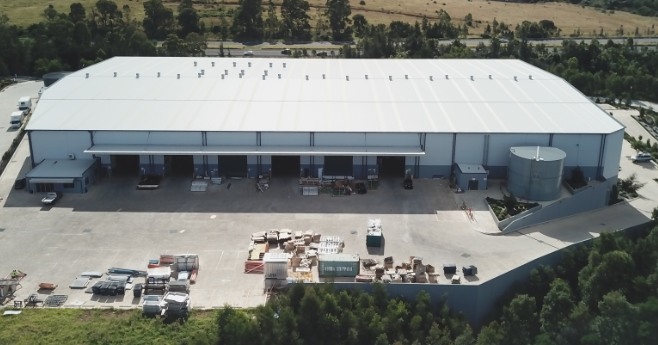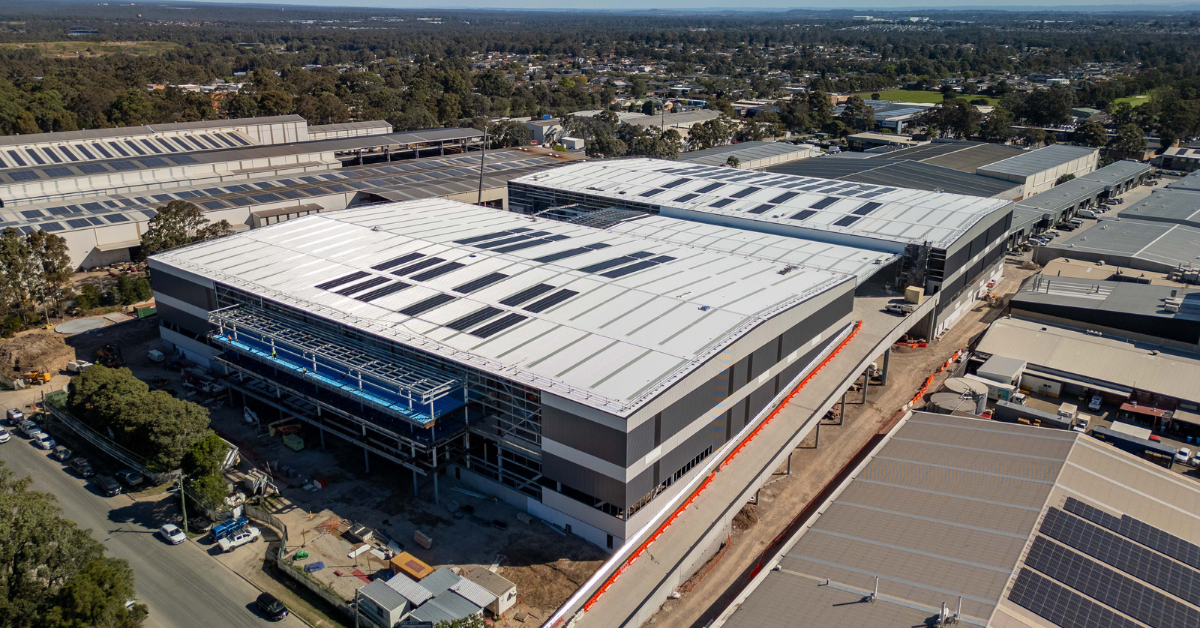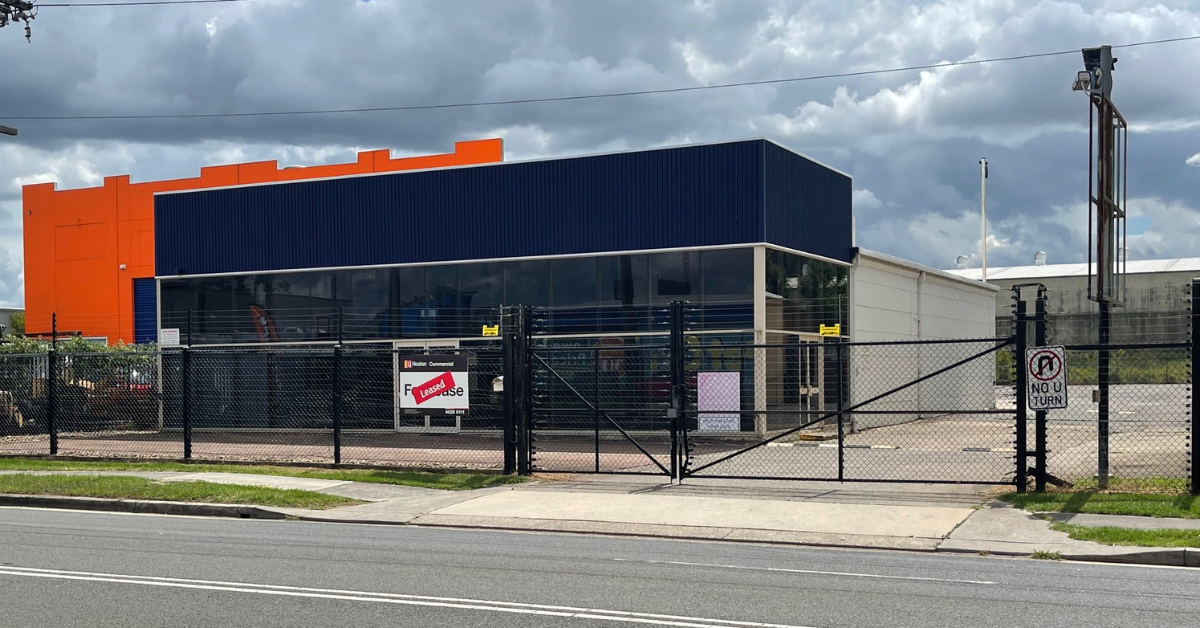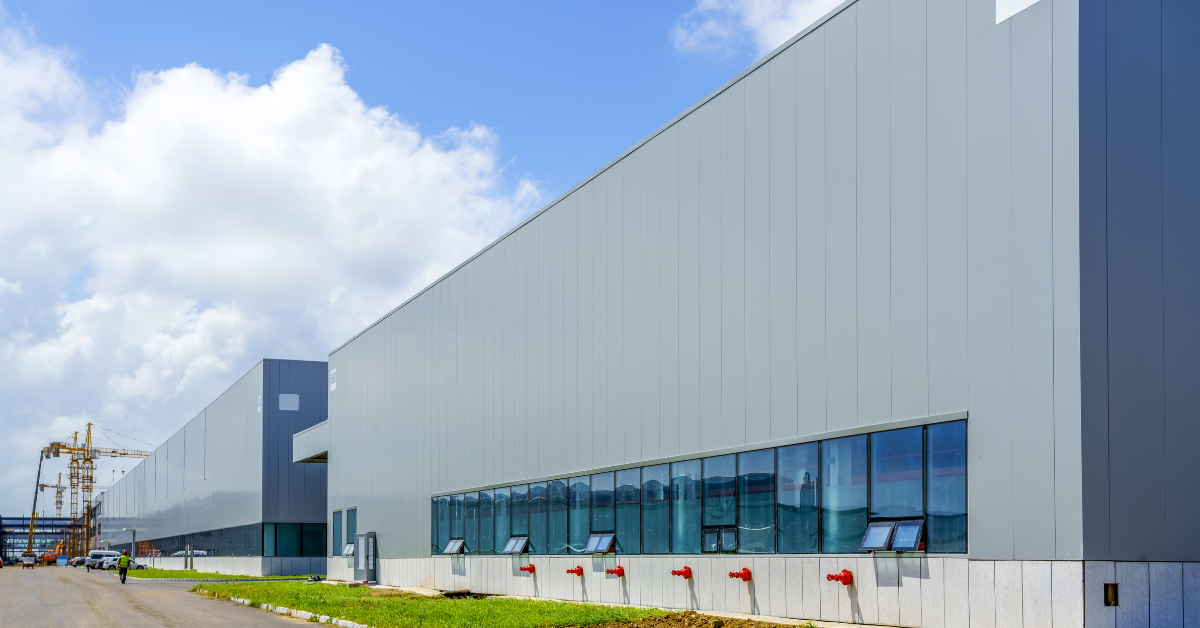Industrial Proves Its Resilience Against the Backdrop of COVID-19

Prime investors in Sydney’s industrial market are set to benefit from 12% price growth to 2023 despite an uncertain economic outlook, LJ Hooker Commercial’s recently released Industrial Market Monitor has predicted.
Prime assets, especially those housing tenants in food and beverage and e-commerce, have weathered the economic storm of COVID-19 and will field added competition from investors exiting the retail and office sectors post-pandemic.
COVID-19 served to keep yields stable after a period of downward pressure in Sydney. Market caution resulted in only $1billion in sales to June 30 2020, led by the $648 million Charter Hall / Allianz purchase of Aldi’s portfolio - including two Sydney assets - and Charter Hall’s purchase of the QUBE Minto logistics park for $207m.
Prime industrial precincts in Sydney’s north and south are predicted to be the main beneficiaries of the impending growth, where square metre rates are currently fetching $4,400 and $3650, respectively.
LJ Hooker Commercial Managing Director Mathew Tiller said price growth would be supported by a moderation in new additions.
“Supply will slow up in Sydney compared to previous years, influenced by uncertainty around global travel movements,” said Mr Tiller.
“Sydney attracts a significant portion of Australia’s net migration but we’re unlikely to see the rates of growth we’ve become accustomed to over the last decade. That will soften the construction of new industrial space.
“But demand from e-retail will buck this trend, with forecasts suggesting online spending will climb to 15% of all sales this year.
“Industrial remains the standout real estate option for investors at the moment. Especially in the prime and A-grade markets, there’s a reluctance to divest.”
Mr Tiller said the global adaptation to COVID-19 – either through a vaccine or management – would spur the new wave of industrial supply to meet future demand around 2023.
The Monitor found prime yields in Sydney ranged from 4.7% in the city’s south through to 5.3% in the northern suburbs.
In the city’s south-west, LJ Hooker Commercial Bankstown Director Jon Orsborn has recently facilitated the sale of a warehouse on 2.34ha of land at 6 Hepher Road, Campbelltown, for $18.15m. Fife Capital purchased the property as vacant possession.
Situated next to the M5, the facility hosts internal clearances up to 11.7m and extensive hardstand.
Mr Orsborn said: “Sales activity has been subdued during COVID-19, but it’s the lack of stock that’s come to market rather than confidence that has influenced volumes”.
Secondary industrial assets in Sydney will come under greater pressure as the Code of Conduct for Commercial Tenancies and the Federal Government’s COVID-19 support programs wind down in coming months, but the Monitor tipped investors will price-in these factors.
“Assets with tenants involved in e-retail and the like are best placed to benefit from the COVID-19 recovery,” said Mr Orsborn.
“There will be some corners of the economy with uncertainty so assets with a long WALE will also be in-demand from conservative investors.”
Elsewhere, COVID-19 has served to impact incentives in Melbourne, where landlords have increased incentives by 1% to mid-year to an average of 21% in the south-east and north, and 22% in the western suburbs.
Within Brisbane’s prime market, yields are tightest in the TradeCoast (5.9%) where listings have been scarce.
In Perth, owner-occupants have been taking advantage of record-low interest rates with healthy sales activity in the sub-$5m market.
The Monitor found prime yields in Adelaide’s Inner West were strongest at 6.8% and were tipped to remain stable over the coming year.
Download your copy of the latest Industrial Market Monitor here.



